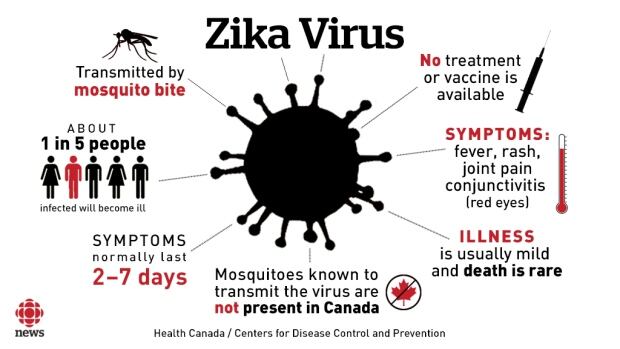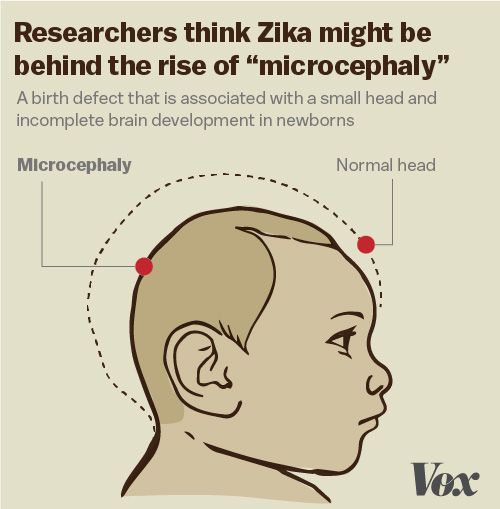By Anna Corsaro.
“There is nothing so patient, in this world or any other, as a virus searching for a host.”
― Mira Grant, Countdown
Zika is the name, again another mosquito-carried disease that threatens our health. Another little dangerous enemy, one that has been being talked about a lot all around the world only since February 2016. Opinions of scientists from various countries are conflicting on this insect and the infection it carries, as it always happens when it comes to sudden outbreaks.
Since it can’t be pretended that this isn’t happening at this point, I decide to gather information and to form an a clearer picture of the situation, trying to remain pragmatic as always. President Obama asked the Congress to grant $1.8 billion in emergency funding to fight Zika. We have to observe that until recently Zika had remained confined in a few countries, so no one outside worried about spending money to investigate its threat potential or to find a cure.
Who’s Zika?
We might describe it as the younger cousin of the more infamous Dengue, Chikungunya and Malaria since it spreads in areas where theAedes mosquito is present. In 1947 it was discovered accidentally, as it often happens, while some scientists were studying the yellow fever.
Its name comes from the Zika Forest, which translates as “overgrown”. This forest is a beautiful natural reserve on Lake Victoria near Entebbe and not far from Uganda’s capital, Kampala. That’s where the first infected rhesus monkeys were found. Main species that carry infection are the primates, large mammals (hippos, impala, elephants, goats, sheep, alcefali, lions, wildebeests, zebras), and rodents.
Over the years, the virus crossed over to humans to and started spreading. The first known outbreak of Zika virus outside of Africa took place in the island of Yap in Micronesia in 2007, but it also caused outbreaks in Sierra Leon, Senegal, the Philippines, Thailand and Indonesia, up to the most severe forms in Brazil with 1.5 million estimated cases in 2015.
Presently, though, it appears that it is back on its way to reach a global scale spreading thanks to the travelers returning from infected areas.
What to Expect if You Get Zika?
Actually in most cases, about 75%, the disease goes either unnoticed or misidentified. The symptoms resemble a mild case of the flu with headaches, muscle and joint pain and mild fever, plus a rash. They can last anywhere from two to seven days and it is estimated that as few as only 1 person out of 4 displays them. It’s evident that, since these symptoms have so little specificity and could be found in other infections, the actual diagnosis of the disease is not always easy.
IN RARE OCCASIONS ZIKA CAUSES VERY SERIOUS PROBLEMS |
Neurological Effects
According to a warning issued by the World Health Organization (WHO) a neurological disorder associated with temporary paralysis is spreading in those Latin American where a current outbreak of Zika is taking place.
This warning stems from the findings of researchers working on outbreaks in different countries, who diagnosed a serious condition known as Guillain-Barré syndrome in a number of Zika patients. What’s most notable is that this is a rare autoimmune inflammatory disease of the peripheral nervous system with potentially lethal effects in the most serious cases. It causes muscle weakness starting from the legs and it can result in paralysis.
So far, cases of this syndrome in Zika-affected areas have been reported from Brazil, Colombia, El Salvador, French Polynesia, Suriname and Venezuela. For example, in Venezuela alone about 250 occurrences of the disease were discovered. In Brazil, in the state of Bahia, the number of cases reported in 2015 increased by 19% compared to the previous year, according to WHO sources.
Sexual Transmission
“Now that we know Zika virus can be transmitted through sex, this increases our awareness campaign on educating the public about protecting themselves and others.”
― Zachary Thompson, DCHHS director.
In early February in Texas it was discovered…






